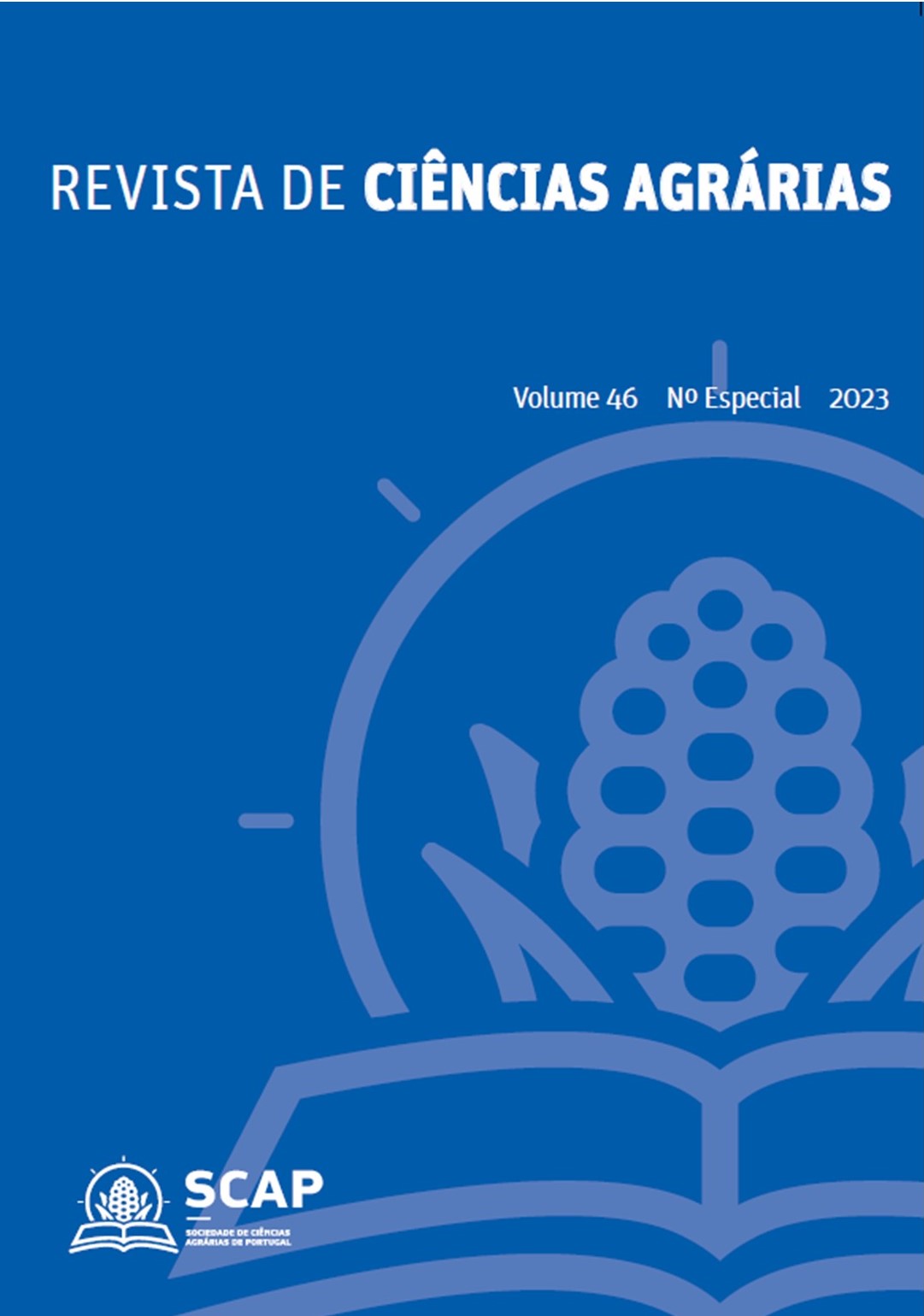Soil information legacy and new technologies in the foresight of terroirs
DOI:
https://doi.org/10.19084/rca.33464Abstract
The terroir concept in viticulture deals with the influence of environmental factors on vine behaviour and grape rippening. Especially, soils affect the spatial variability of resources (e.g. water and nutrients). Advances in technology, as computer technology, allow a more in-depth study of the environment for viticultural zoning, namely the soil and relief spatial variability. Within an area selected for a vineyard installation, we analyzed the spatial variability of soil types and respective characteristics. Firstly, soil types were identified from national soil maps (1:25000 scale). Given the soil heterogeneity in the area, the soil apparent electric conductivity was measured (EM38-MK2 sensor, Geonics Limited, data collection in contiguous lines every 10 m and a frequency of points collection every second) at 0-50 and 50-100 cm depth, to obtain indication on the spatial variability of soil characteristics – mapped at 1:4000 scale. This map oriented the location of soil profiles observation, sampling collection and detailed analysis, regarding texture and textural contrasts, and other relevant characteristics for the installation and management of the vineyard. The detailed mapping of the soil characteristics, developed in SIGs, and digital terrain model (DTM) allowed specify the variability of terrain units, constituting a tool for the vineyard planning: identification and delimitation of blocks, to allocate varieties, rootstocks selection, installation system, and soil and water management.


